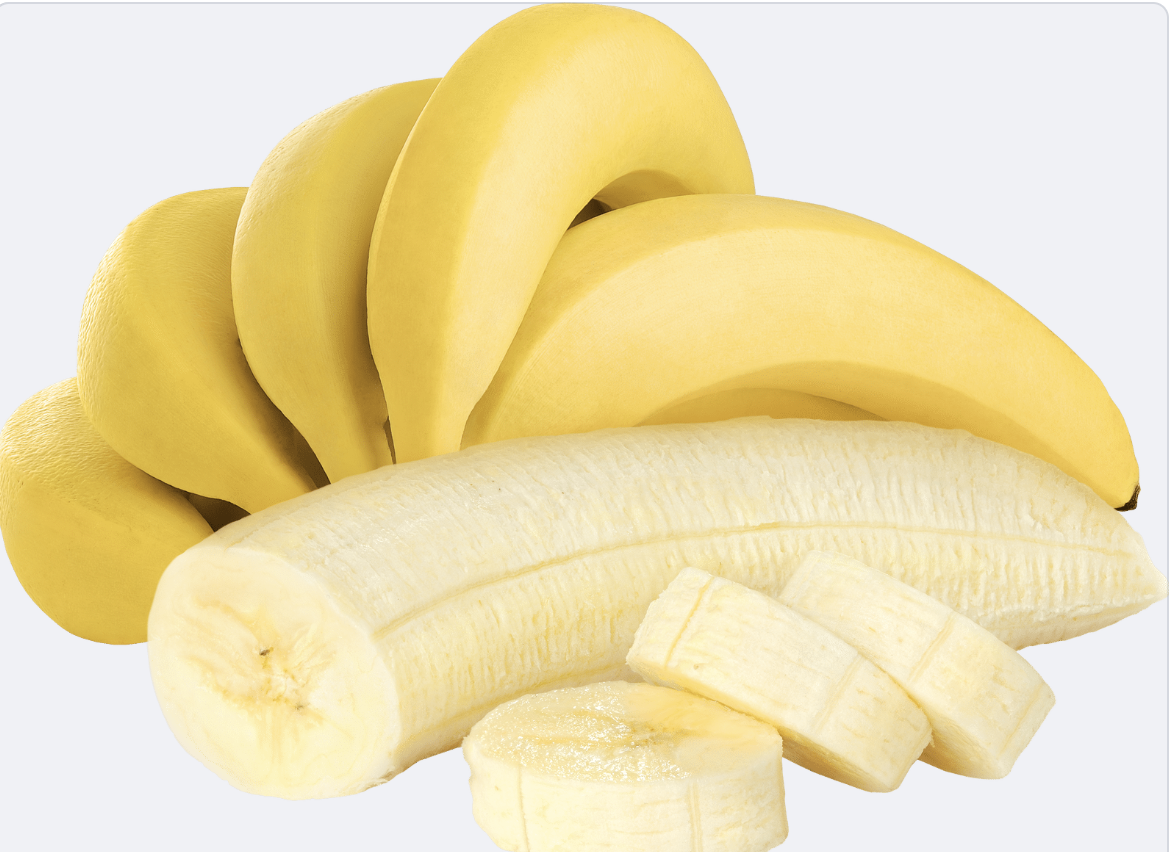When a banana is bruised, cut, or peeled, enzymes trigger a chemical cascade that ends in melanin, the same pigment that colors human hair. Those brown patches are technically harmless, but they’re responsible for throwing away nearly one-third of all bananas grown worldwide — roughly 5 billion bananas in the U.S. alone every year.
This is where the new banana comes in.
…
Researchers at Tropic Biosciences, a UK-based biotech firm, have used CRISPR/Cas9 … to delete the specific gene responsible for browning. Without that gene, the fruit’s flesh stays creamy-yellow for at least 12 hours after peeling.
The invention … would be the first new commercial type of banana in over half a century.
Follow the latest news and policy debates on sustainable agriculture, biomedicine, and other ‘disruptive’ innovations. Subscribe to our newsletter.
Interestingly, this banana isn’t classified as a GMO under most definitions. While GMOs involve adding foreign DNA, the CRISPR-edited banana simply removes a small stretch of its own genetic code.
Ultimately, the fate of this innovation will be decided by consumers. … Western buyers remain wary of anything “genetically modified.” Perceived safety, not science, will likely decide its fate.
Overcoming food neophobia (the innate fear of new foods) remains a challenge.

